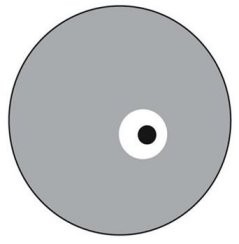In humans, the heart and lungs are found in the:
A) thoracic cavity. B) cranial cavity.
C) spinal cavity. D) abdominopelvic cavity.
Answer: A
You might also like to view...
One reason we see relatively little genetic variation among human regional populations is that:
A. extensive migration among human populations has homogenized gene pools. B. extensive convergent evolution has homogenized gene pools. C. genetic drift has reduced variation in most regional populations over time. D. humans migrated out of Africa so recently that we haven't had enough time for regional variation to accumulate. E. None of the answer options are correct.
The sporangia (asci) of ascomycetes each ultimately produces:
A. eight diploid spores B. four genetically identical haploid spores C. four haploid spores, each genetically different D. eight identical haploid spores E. eight haploid spores, of which there are two each of four different genetic types
In cactus plants, the__________ is the main organ of photosynthesis
a. leaf b. spine c. stem d. flower e. fruit
 Figure 10.1 represents a Petri plate. The gray area is where bacteria A is growing, the black area is where bacteria B is growing. The white area is a zone where neither organism is growing. What is the best interpretation of what is observed on the plate?
Figure 10.1 represents a Petri plate. The gray area is where bacteria A is growing, the black area is where bacteria B is growing. The white area is a zone where neither organism is growing. What is the best interpretation of what is observed on the plate?
A. Bacteria B is producing an antibiotic that inhibits the growth of bacteria A. B. Bacteria A produces a compound that inhibits the growth of bacteria B. C. Bacteria A grows faster than bacteria B. D. Bacterial colony B has depleted the nutrients in the area around the colony. E. No conclusion can be made from this information.